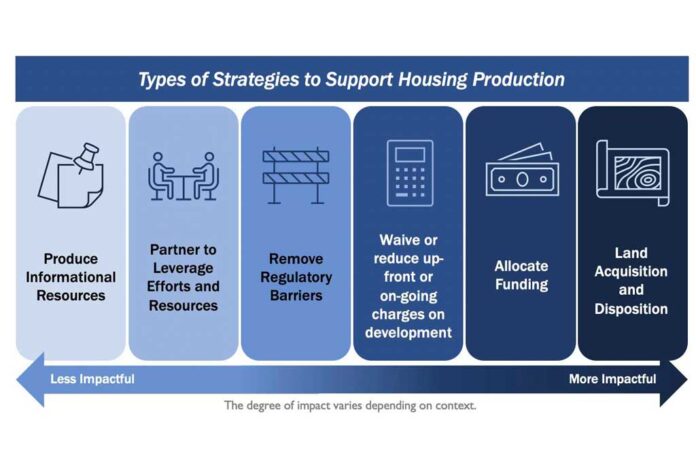
Housing in Tualatin is a complicated issue.
On the one hand, the shortage of affordable housing is as acute in Tualatin as anywhere else. But on the other, there is a definitely shortage of land set aside for residential building here in the south metro area, not to mention the infrastructure to serve new homes is also lacking. Those two clashing realities have made the creation of a new housing production strategy report quite the challenge for Tualatin city officials.
Under a 2019 Oregon law, the state requires cities with more than 10,000 people to produce a Housing Production Strategy every six to eight years. These documents identify known housing needs in a community and strategies for meeting those needs.
In Tualatin’s case, its Housing Production Strategy was unanimously approved by the city council on Aug. 9. It is based, in part, on the Tualatin 2040 plan, which aims to manage growth in the city over the next 20 years and is also a part of the city’s comprehensive plan.
Tualatin city staff crafted 12 separate strategic goals for the Strategy ranging from building and preserving affordable housing, to changing city code to make development smoother and updating public transportation and utility infrastructure. They are broad-based
At the same time, none of the goals in the Strategy are legally binding.
“These strategies are not set in stone, nor is (non)performance of these strategies going to be penalized,” Steve Koper, Assistant Community Development Director, said at the Aug. 9 Tualatin City Council meeting.
Much as the city may want to boost local housing stock, practical considerations remain an obstacle.
“It’s obviously a really big need as far as workforce housing and affordable housing,” Councilor Bridget Brooks said. “But because of the conversations we’ve been having, my concerns are going to be at – congestion, congestion, congestion. We have this regional urban growth boundary buildout and nowhere for these cars to go.”
Senior Housing Program Analyst Karen Perl Fox said much of the Strategy is, in fact, aimed at actions other than building more housing. These include preserving and upgrading existing housing, providing rental assistance and improving city infrastructure.
“We were allowed to look at programs, project partnerships and policies across the board,” Fox said. “It didn’t have to be just about production, and actually a relatively small part of it is about production.”
For more information visit: www.tualatinoregon.gov/planning/tualatin-2040.
















